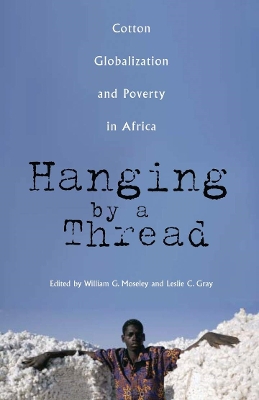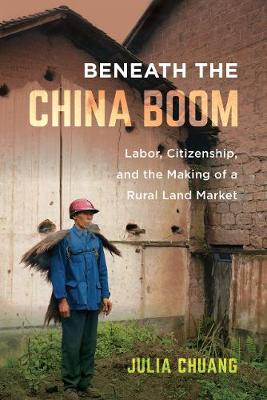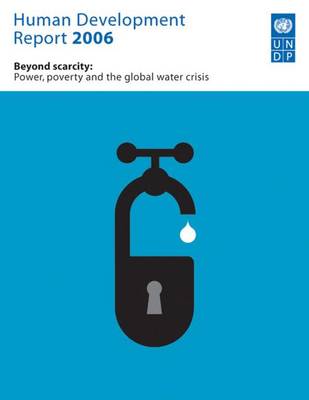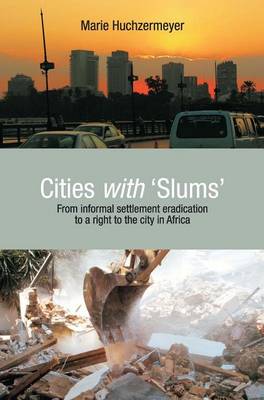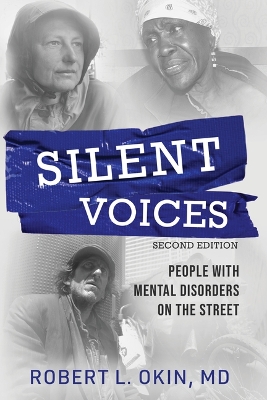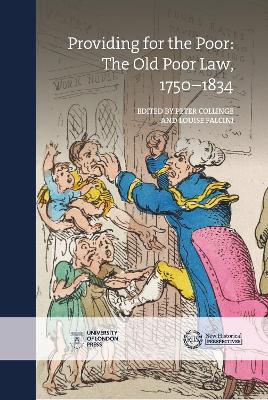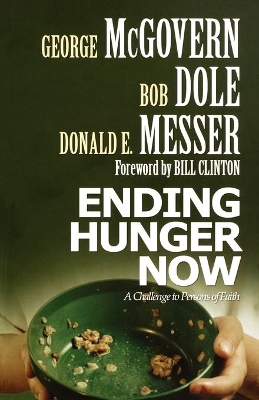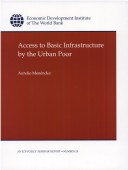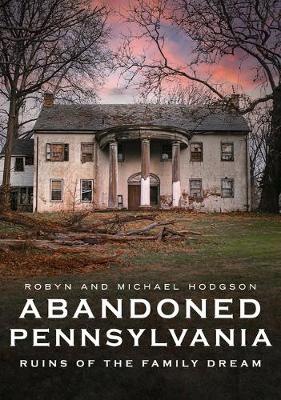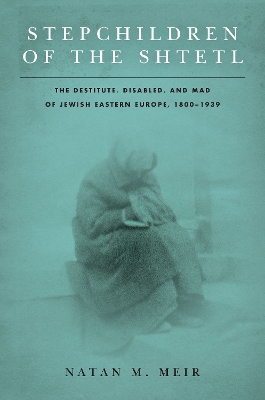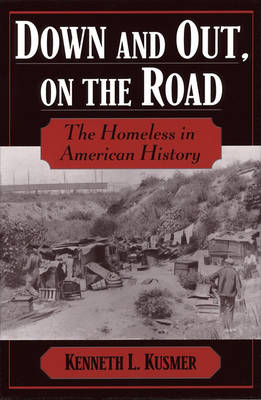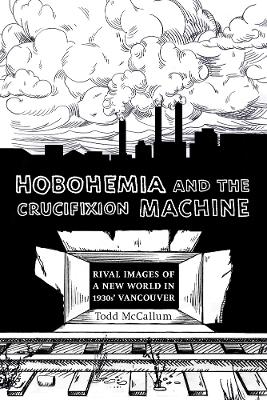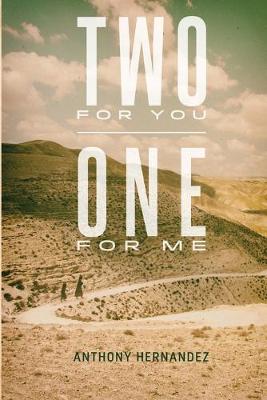Hanging by a Thread (Research in International Studies, Global and Comparative Studies)
The textile industry was one of the first manufacturing activities to become organized globally, as mechanized production in Europe used cotton from the various colonies. Africa, the least developed of the world\u2019s major regions, is now increasingly engaged in the production of this crop for the global market, and debates about the pros and cons of this trend have intensified. Hanging by a Thread: Cotton, Globalization, and Poverty in Africa illuminates the connections between Africa and the...
For nearly four decades, China's manufacturing boom has been powered by the labor of 287 million rural migrant workers, who travel seasonally between villages where they farm for subsistence and cities where they work. Yet recently local governments have moved away from manufacturing and toward urban expansion and construction as a development strategy. As a result, at least 88 million rural people to date have lost rights to village land. In Beneath the China Boom, Julia Chuang follows the traj...
Human Development Report 2006 (Human Development Report)
In the early 21st Century, prospects for human development are threatened by a deepening global water crisis. Debunking the myth that the crisis is the result of scarcity, this report argues poverty, power and inequality are at the heart of the problem.
Cities with Slums: From Informal Settlement Eradication to a Right to the City in Africa
by Marie Huchzermeyer
Taking Forward the Government Economic Strategy
Life in Low Income Families in Scotland
by John H. McKendrick, Sarah Cunningham-Burley, Kathryn Backett-Milburn, and Scottish Executive,Social Research
Street Children in Kenya
by Philip L Kilbride, Enos Njeru, and Collette A Suda
As kinship relationships and support networks across family lines weaken with modernization, economic stressors take a great toll on children. Kenya, like some other nations in Africa and around the globe, has witnessed a rapid rise in street children. The street children in Nairobi come from single parent families which are mostly headed by women. Another group are AIDS orphans. This study documents how street children in Nairobi follow survival strategies including (for boys) collecting garbag...
This book presents many innovative approaches to reducing poverty through business commitment involvement, and leadership. Some of these approaches may look promising now at their current level of success but will turn out to be limited in their scalability or in their ability to sustain themselves and endure over time. However, all of them offer fruitful grounds for inquiry and learning. It is our intention that sharing the learning from these projects and initiatives from around the world will...
Ending Hunger Now
by George S McGovern, Bob Dole, and Donald E. Messer
"Ending Hunger Now" brings together three powerful voices behind a shared conviction: that helping the millions who lack basic provision for food has become a religious imperative and human priority. Writing for congregations and individuals of faith, McGovern, Dole, and Messer appeal to the religious ethical foundations for action against hunger. Informative, inspiring, and filled with practical personal involvement and political commitment to the cause.
Access to Basic Infrastructure by the Urban Poor (EDI Policy Seminar Report, #28)
by Aurelio Menendez
Abandoned Pennsylvania (America Through Time)
by Robyn Hodgson and Michael Hodgson
Stepchildren of the Shtetl (Stanford Studies in Jewish History and Culture)
by Natan M. Meir
Memoirs of Jewish life in the east European shtetl often recall the hekdesh (town poorhouse) and its residents: beggars, madmen and madwomen, disabled people, and poor orphans. Stepchildren of the Shtetl tells the story of these marginalized figures from the dawn of modernity to the eve of the Holocaust. Combining archival research with analysis of literary, cultural, and religious texts, Natan M. Meir recovers the lived experience of Jewish society's outcasts and reveals the central role that...
Covering the entire period, from the colonial era to the late-20th century, this book charts the history of the homeless in America. Drawing on sources that include records of charitable organizations, sociological studies, and numerous memoirs of formerly homeless persons, Kusmer demonstrates that the homeless have been a significant presence on the American scene for over 200 years. He probes the history of homelessness from a variety of angles, showing why people become homeless; how charitie...
Hobohemia and the Crucifixion Machine (Fabriks: Studies in the Working Class)
by Todd McCallum
In the early years of the Great Depression, thousands of unemployedhomeless transients settled into Vancouver's "hobojungle." The jungle operated as a distinct community, in whichgoods were exchanged and shared directly, without benefit of currency.But as the transients moved from the jungles to the city, they madeinnumerable demands on Vancouver's Relief Department, consumingfinancial resources at a rate that threatened the city with bankruptcy.McCallum argues that, threatened by this "ungovern...
Winner of the 2011 Paul Davidoff award! This is a book about poverty but it does not study the poor and the powerless; instead it studies those who manage poverty. It sheds light on how powerful institutions control "capital," or circuits of profit and investment, as well as "truth," or authoritative knowledge about poverty. Such dominant practices are challenged by alternative paradigms of development, and the book details these as well. Using the case of microfinance, the book participates in...
Poverty in the 1990s
by Tim Callan, Brian Nolan, Brendan J. Whelan, Christopher T. Whelan, and James Williams
